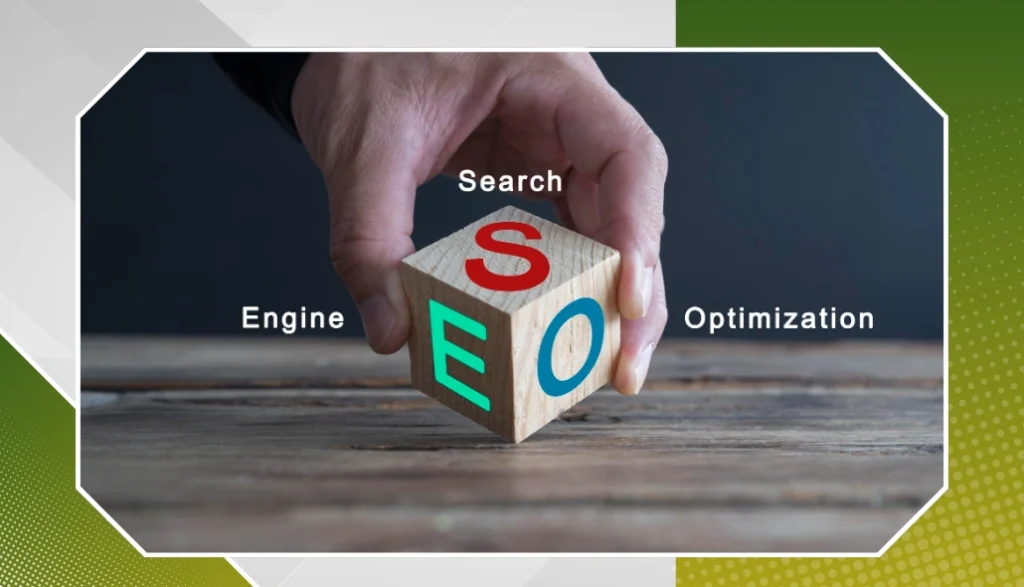To achieve sustained visibility, brands must align with what Google values: real expertise, site speed, mobile usability, secure frameworks, and structured intent-driven content. In this guide, we’ll uncover SEO practices that not only follow Google’s guidance but also create meaningful growth and authority for your brand.
Core Web Vitals and User Experience
In 2025, Google’s Core Web Vitals will continue to heavily influence rankings. Pages that load slowly, shift unexpectedly, or delay interactions are penalised. In contrast, optimised experiences reward websites with higher user retention and lower bounce rates.
Prioritise Fast Load Times
Load speed remains one of the strongest predictors of engagement. Pages that take five seconds to load face far higher exit rates than those that load in under two seconds. To enhance performance, compress media assets, streamline scripts, and implement caching. A lightweight, mobile-ready design ensures speed without compromising quality.
Maintain Layout Stability
Cumulative Layout Shift (CLS) is a key ranking factor. Prevent unexpected shifts by setting fixed dimensions for images and reserving space for ads or embeds. Stable layouts enhance readability, improve the user experience, and reduce frustration. Consistent visual structure signals quality to search engines, helping improve engagement metrics and overall SEO performance across both desktop and mobile devices.
Improve Interaction Responsiveness
Interaction to Next Paint (INP) has replaced First Input Delay as the standard for responsiveness. The delay between a user’s action and the page response should be minimal. Reduce JavaScript bloat, defer non-essential elements, and optimise event handlers. This results in a smoother experience and increased user engagement.
Mobile-First Performance
With mobile-first indexing fully deployed, Google now assesses your mobile site before your desktop version. That makes seamless mobile usability an absolute requirement.
Use Responsive Design Grid
Your layout must adjust gracefully to different screen sizes. Scalable grids, flexible media, and adaptable components improve readability. Buttons should be easy to tap, and spacing must prevent accidental clicks. A well-structured mobile layout reduces friction and increases dwell time, ultimately enhancing user experience.
Eliminate Intrusive Interstitials
Full-screen pop-ups, especially those that appear immediately, harm both user experience and search engine rankings. If you need to present promotions or collect leads, use less intrusive formats, such as slide-ins or timed modals. Google favours accessibility and content-first layouts.
Optimise Touch and Scrolling
Touch navigation must feel natural. Avoid lag or jank while scrolling, particularly on content-rich pages. Implement lazy loading correctly, use gesture-friendly components, and ensure consistency across devices. This supports longer sessions and better behavioural signals.
Expertise, Experience, Authoritativeness, Trust
In 2025, Google’s understanding of authority goes beyond backlinks. It now focuses on who creates content, their level of experience, and whether real users trust them.
Display Author Credentials Clearly
Every blog, article, or landing page should include visible author information. Highlight relevant experience, certifications, and roles. This improves credibility in both user perception and algorithmic evaluation, particularly in finance, health, or legal niches.
Reference Reputable Sources
Support claims with citations from known, respected organisations. Avoid overlinking to commercial domains; instead, prioritise data from primary sources. This signals research-backed integrity, improving both trustworthiness and ranking potential.
Showcase Reviews, Testimonials, Citations
Add proof of value wherever possible. Include quotes from clients, mentions in media, or peer citations. Not only does this build confidence among readers, but it also reinforces brand authority in Google’s eyes, particularly for competitive search terms.
Site Security with HTTPS
Secure websites are a basic expectation, not an advantage. Sites lacking HTTPS trigger browser warnings, discourage engagement, and risk exposing sensitive data.
Implement Secure Certificates Everywhere
Apply valid SSL certificates across your entire site. Avoid mixed content by ensuring all assets, scripts, images, and fonts load via HTTPS. Renew certificates before expiration to avoid trust issues. Secure sites are more likely to retain users and maintain strong rankings.
Protect User Data Transactions
If your website collects personal information, ensure that these interactions are secure with proper encryption and clear privacy notices. Use verified payment gateways, secure form submissions, and compliant data handling to reassure users and enhance security signals to search engines.
Structured Data and Rich Snippets
Schema markup gives context to your content, allowing Google to represent it more accurately in search results. It boosts discoverability and click-through rate.
Implement Article and FAQ Markup
Use structured data to tag frequently asked questions, how-tos, and long-form articles. This helps Google identify content intent and feature it in rich results. Correct schema implementation leads to increased visibility and stronger search appearances.
Use Breadcrumb and Site Navigation Schema
Breadcrumb markup clarifies your site’s structure for both users and crawlers. It helps display hierarchical paths in search listings and improves navigation. Combined with site architecture schema, it enhances crawl efficiency and reinforces internal link equity.
Technical SEO Health
Without a technically sound site, your content won’t reach its full potential. SEO performance depends on accessibility, efficiency, and crawlability.
Fix Crawl Errors and Redirects
Resolve 404 errors, fix broken links, and clean up redirect chains to improve website performance. Use Search Console and crawl tools to detect hidden technical issues. Redirect outdated pages properly and use canonical tags to prevent duplicate content penalties.
Keep Clean URL and Site Architecture
Use concise URLs, avoid excessive nesting, and create clear internal linking patterns. Ensure every page is reachable within three clicks. This not only improves usability but also helps Google crawl, index, and prioritise content more effectively.
Content Strategy Aligned to Intent
Search intent is the foundation of effective content creation in 2025. Understanding what your users are looking for ensures relevance and improves engagement.
Align Answers with Search Intent
Differentiate between informational, navigational, and transactional queries. Tailor content format and language accordingly. Answer how-to queries quickly, provide detailed breakdowns for research-oriented terms, and guide users clearly during commercial exploration.
Use Topic Clusters for Coverage
Group related articles under a central pillar page. Link them contextually to signal topical depth. This approach increases internal linking strength, supports keyword coverage, and enhances your site’s authority within specific content areas.
Build and Maintain a High-Quality Backlink Strategy
Google values link quality over quantity. In 2025, the emphasis is on authenticity and topical relevance. Backlinks from credible, niche-specific sources remain vital to domain authority. Publish valuable content that earns mentions organically. Contribute to reputable platforms and adhere to ethical outreach practices.
Regularly monitor your backlink profile to remove harmful links, recover lost placements, and maintain high relevance. Backlink hygiene supports long-term SEO stability. Combine this with constant monitoring through analytics dashboards and quarterly SEO audits. These reviews uncover errors, gaps, and outdated elements that could impact performance. Staying proactive ensures resilience against algorithm updates and positions your brand for long-term success.
Conclusion
Google’s priorities in 2025 focus on human-first content, clean performance, trust signals, and technical strength. Brands that adapt to these expectations secure more sustainable rankings, deeper engagement, and stronger authority.
At Rankingeek, we help future-ready brands master SEO by aligning with Google’s evolving framework. From Core Web Vitals to mobile-first design, schema implementation to trust-building content, our certified team delivers results rooted in strategy and transparency. Contact us to establish a lasting search presence!





